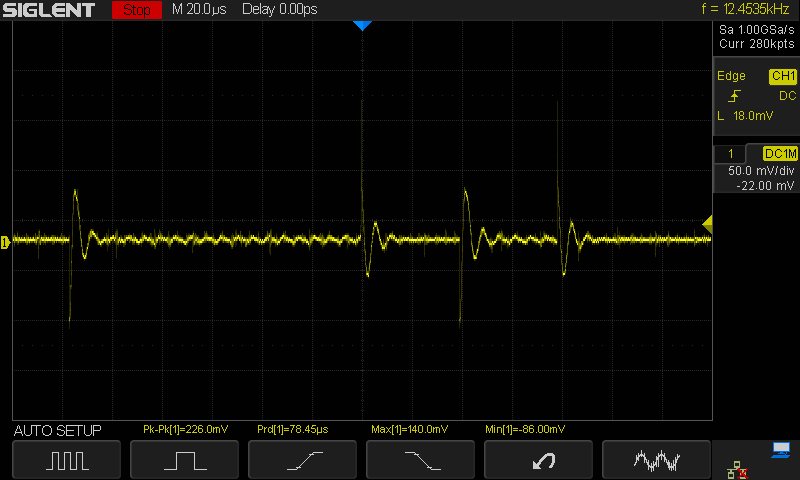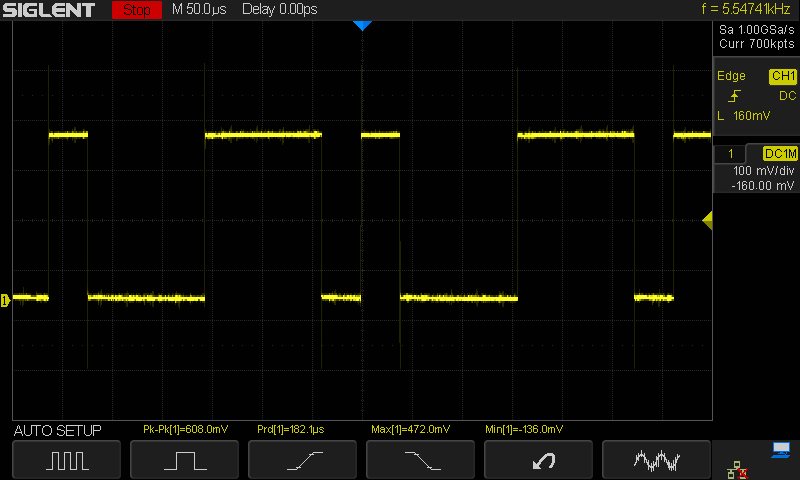Other Parts Discussed in Thread: DAC161S997, LM2936
Hello experts,
I have a custom PCB designed based on the DAC161P997 evaluation board, currently the DAC doesn't respond to the bit stream I am sending. I can't see any ACK response or the ERRB pin signal being lowered by the device. According to the section(and from the settings R210 DNP) the default error current should be around 3.3mA but the I can read a fixed loop current of 14.8mA. I might be missing something in the hardware which I can't seem to find. Schematic is attached for the reference and any help here is appreciated.
-Muneeb2821.Schematic.pdf




